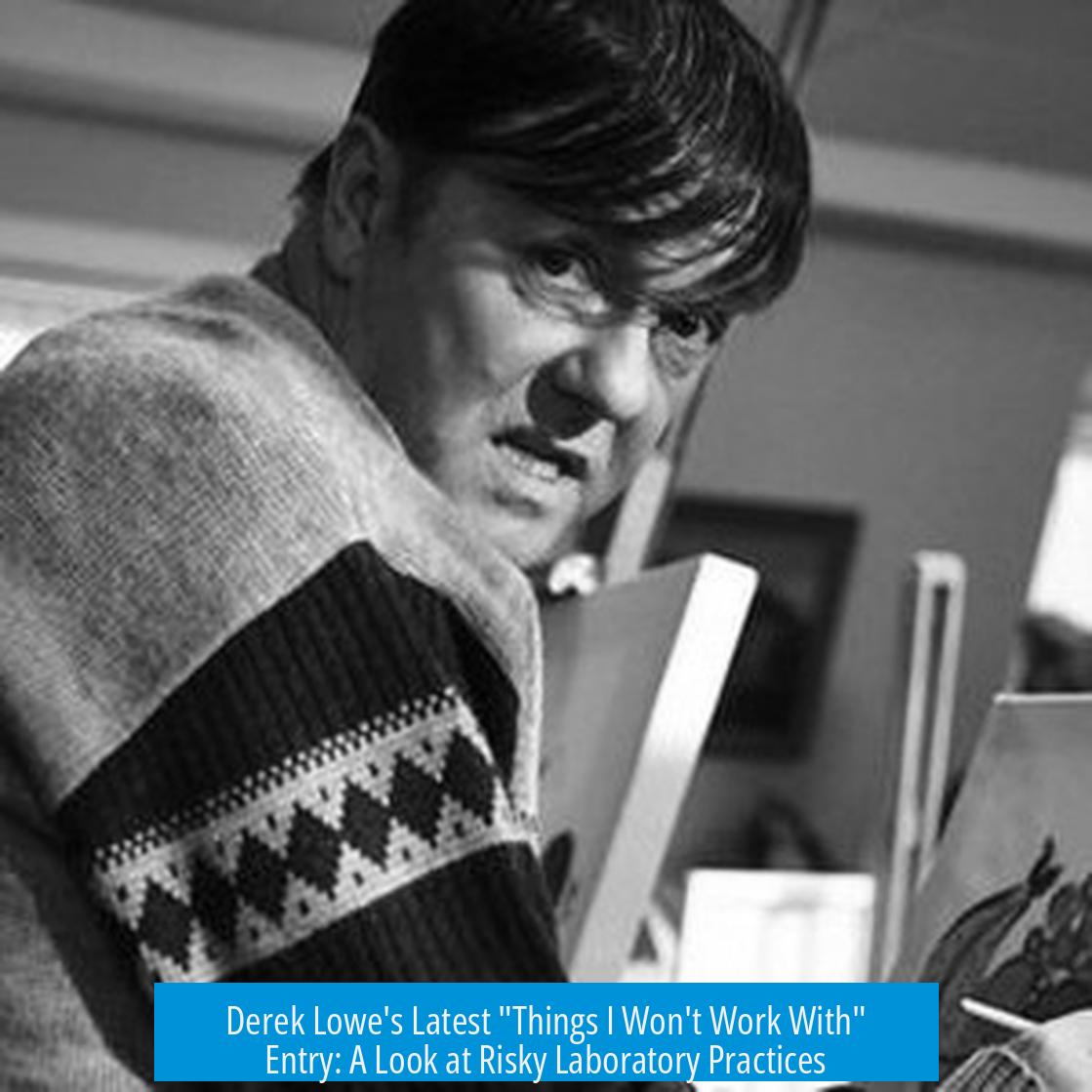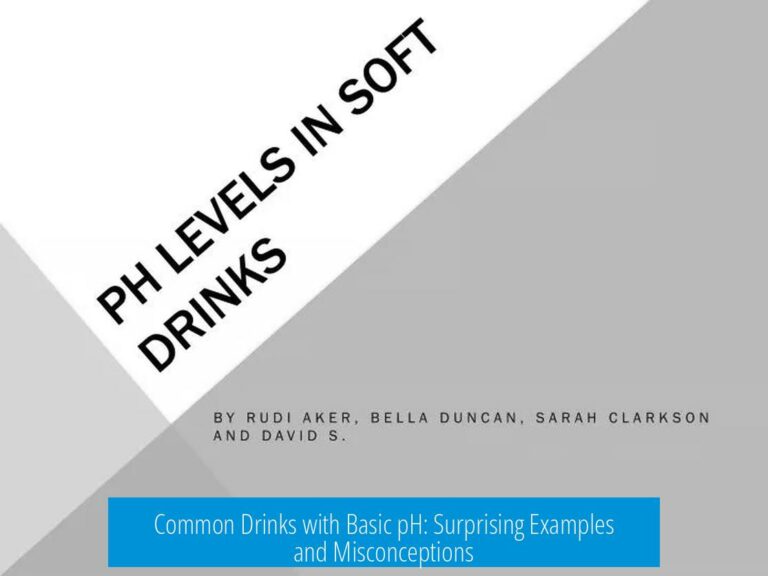Derek Lowe’s Latest “Things I Won’t Work With” Entry
Derek Lowe’s recent “Things I Won’t Work With” post highlights challenges with unusual molecules, hazardous materials, and the boldness needed in experimental chemistry. This entry combines critical observations with personal anecdotes and professional insights into tricky chemical compounds and procedures.
Unrealistic Molecular Structures
Lowe points out issues with molecular drawings made by beginners. They often feature improbable charges and bonding, such as carbon atoms carrying excessive negative charges or atoms with too many bonds. He compares them to creations from MarvinSketch, implying they are chemically unrealistic.
“You know whenever you see someone who just started organic chem, and when they draw a structure and it just has insanely negatively charged carbons and hydrogen with 5 bonds?”
This observation serves as a reminder that understanding fundamental bonding principles is crucial before designing new molecules.
Risk and Boldness in Laboratory Work
Lowe admires the courage of researchers handling dangerous substances. He praises a colleague who conducted powder X-ray diffraction (XRD) on a hazardous sample, expressing curiosity about the safety measures employed.
“The guy who did the powder XRD has some serious balls on him. I really wonder what kind of precautions he used to prep the sample.”
This respect for experimental bravery underscores the risks chemists face working with unstable compounds.
Expanding Chemical Vocabulary
In this post, Lowe introduces the term “crater-maker.” Though not a common technical term, it reflects informal jargon capturing the explosive potential or destructive outcome of certain reactions.
This highlights how language in chemistry evolves through practical experience and communal sharing.
Personal Anecdotes on Dangerous Reagents
Lowe shares his experience borrowing reagents from a particularly hazardous research group, describing it as entering a “lion’s den.” This anecdote conveys the tension and respect involved when working with risky chemicals or environments unfamiliar to a chemist.
Stability Observations of Explosive Mixtures
He notes a surprising fact about a 1:1 mixture of a certain compound with TNT, which turns out more stable than the pure dangerous substance alone. He adds that TNT itself is unexpectedly stable considering its explosive power.
“It’s very funny that the 1:1 mixture of this with TNT is more stable than the pure form (although TNT is surprisingly stable for how big a boom it makes).”
This challenges assumptions about mixtures’ stability and reminds readers about the complexity of explosive chemistry.
Skepticism Toward Chemical Images
Lowe expresses doubt about the authenticity of a highly complex compound image linked in his post, suspecting it might be a prank. This skepticism encourages critical evaluation of visual chemical data.
“Finally! I’m fairly sure that this is just an elaborate practical joke.”
Summary of Key Takeaways
- Derek Lowe critiques unrealistic molecular drawings from beginners.
- Experimental work with hazardous materials demands courage and safety awareness.
- Informal chemical vocabulary like “crater-maker” reflects practical laboratory experiences.
- Personal experiences highlight the respect for dangerous reagent handling.
- Some explosive mixtures show unexpected stability compared to pure compounds.
- Skepticism toward complex chemical images promotes critical scientific scrutiny.
What does Derek Lowe criticize about some molecular drawings?
He points out unrealistic structures, like carbons with too many bonds or excessive negative charges. Such drawings often look like attempts to create the most extreme, impossible molecules using software tools.
Why does Derek admire the scientist who performed powder XRD?
He respects the boldness needed to handle potentially dangerous samples. He wonders about the safety measures taken during preparation, implying the experiment carried notable risks.
What is the significance of the “crater-maker” term mentioned by Derek?
It represents a new term in chemistry vocabulary that Derek encountered. He uses it to highlight the expansion of his chemical language from recent experiences or readings.
What does Derek say about the stability of a mixture involving TNT?
The 1:1 mixture of this chemical with TNT is surprisingly more stable than either pure component alone. Despite TNT’s known explosiveness, it remains relatively stable compared to expectations.
Why does Derek suspect a certain chemical image is a practical joke?
He doubts the authenticity of the compound shown in a linked image. His skepticism suggests the structure looks too extraordinary or unrealistic to be genuine.





Leave a Comment